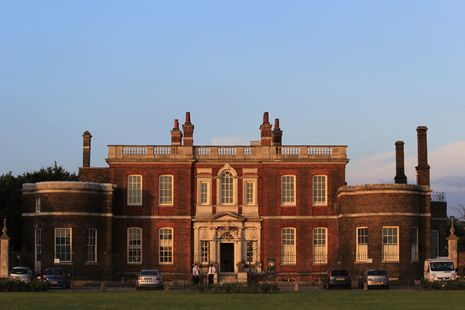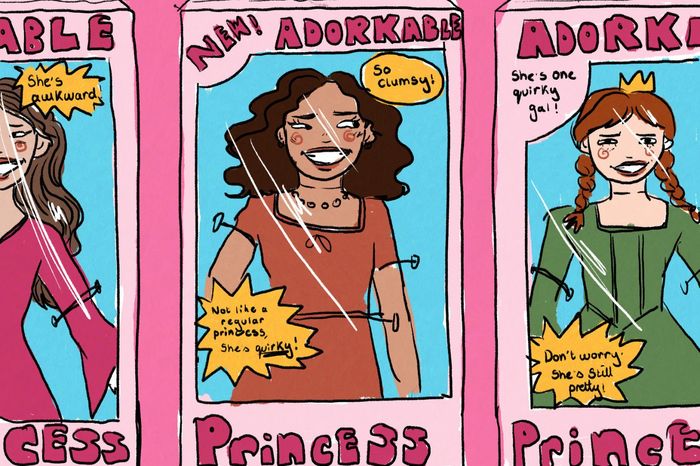Has Bridgerton abandoned the ingredients that made it so successful?
The first half of season three failed to meaningfully engage with the historical context

*Contains spoilers*
Bridgerton has enjoyed huge success since its launch in 2020 and Season Three is being released in two parts, with Part One already breaking Netflix records. Season Three is not as self-contained as the first two seasons, the narrative focus being on Penelope, whose significance grew after she was exposed as the anonymous gossip writer that slandered her best friend’s name. However, in the context of the past two seasons, Season Three (Part One) left me wanting more than a half-hearted cliffhanger.
The most interesting dynamics in past seasons arose when characters were confronted with the reality of the social context: Eloise’s fling with a lower-class boy; Kate Sharma’s complex position within her noble family; Marina’s experience with pregnancy before marriage. Even in the Bridgerton spin-off Queen Charlotte, there are colonial-era racial dynamics that motivate characters and drive the plot in a thoroughly fascinating way. These plots are fundamentally world-building. There is no value to setting a story in the past if the writing doesn’t meaningfully engage with how society was different.
“There is no value to setting a story in the past if the writing doesn’t meaningfully engage with how society was different”
All this was missing from Season Three. Penelope’s self-pitying claim that she will die a spinster garners no sympathy from an audience who have just witnessed the marriage of 26-year-old Kate, with no notable noble heritage, to a Viscount. The slow-burning, intense rise of sexual tension that permeated the first two seasons felt authentic in the Regency context, a society where women often knew little of their own sexual drive. This was also absent, as the writing fell back on a speedy jealousy-turned-attraction trope that both previous seasons explored and Penelope and Colin, arguably two of the most reserved characters in previous seasons, seemed entirely comfortable with pre-marital sexual encounters.
It was disappointing to see fan favourites Kate and Anthony shipped off for an “extended honeymoon,” a not-so-subtle ploy from the writers to ensure the ex-Viscountess Violet remains relevant. It leaves us wondering whether the couple will serve any purpose in this season apart from reminding us that the series doesn’t shy away from explicit sex scenes. The loose ends continue as we learn that Kate’s sister, Edwina, has married abroad. Edwina’s primary motivation was to find love, not convenience, and we’re left none the wiser as to whether this was achieved. Nor are the Featheringtons given any new or interesting arcs, as we find Lady Featherington once again trapped in a dishonest plot, using her daughters as pawns – although they do provide an important element of comic relief.
“The costumes and aesthetics have also taken on new life this season”
That is not to say that Part One didn’t introduce new and complex dynamics that are narratively, rather than contextually, engaging. Cressida Cowper, a notoriously malicious and self-serving young woman, is given new depth with insights into her restrictive and emotionally traumatic home environment. Her actions are newly explained, if not excused, when placed in the context of increasing parental pressure and a vicious and backstabbing social world. Francesca, the third Bridgerton daughter to make her debut, displays thorough disenchantment with social society and prioritises her passion for music – a new, relatable and charming character.
The costumes and aesthetics have also taken on new life this season. A notable success is Penelope’s new colour scheme, which finally accentuates rather than fights her complexion. The other Featherington sisters are complemented in deep green and pink gowns. The hair and makeup team went above and beyond with Queen Charlotte’s decadent, if slightly unrealistic, mechanically revolving wig. Cressida’s spectacular sleeves also seem to grow in every shot, a metaphor perhaps for the exponential pressure she feels to find a match.
Finally, Colin’s new, if slightly artificial, declarations of hatred towards Lady Whistledown add the necessary complexity to his proposal to Penelope to ensure audiences return for Part Two. The relationship is likely to assume a different structure to the slow-burn, enemies-to-lovers formula that past seasons have employed so successfully. It is yet to be revealed whether this is a fresh new take or one that lacks the very dynamic that made Bridgerton initially successful.
 Comment / Plastic pubs: the problem with Cambridge alehouses 5 January 2026
Comment / Plastic pubs: the problem with Cambridge alehouses 5 January 2026 News / Cambridge businesses concerned infrastructure delays will hurt growth5 January 2026
News / Cambridge businesses concerned infrastructure delays will hurt growth5 January 2026 News / New movement ‘Cambridge is Chopped’ launched to fight against hate crime7 January 2026
News / New movement ‘Cambridge is Chopped’ launched to fight against hate crime7 January 2026 News / Uni-linked firms rank among Cambridgeshire’s largest7 January 2026
News / Uni-linked firms rank among Cambridgeshire’s largest7 January 2026 News / AstraZeneca sues for £32 million over faulty construction at Cambridge Campus31 December 2025
News / AstraZeneca sues for £32 million over faulty construction at Cambridge Campus31 December 2025









